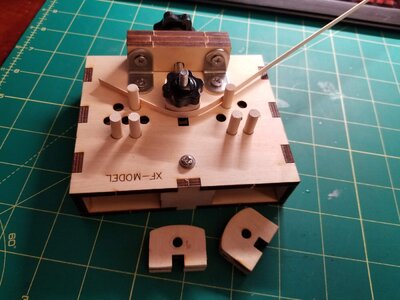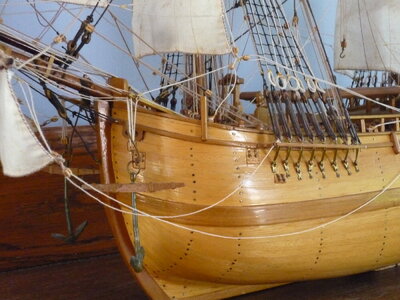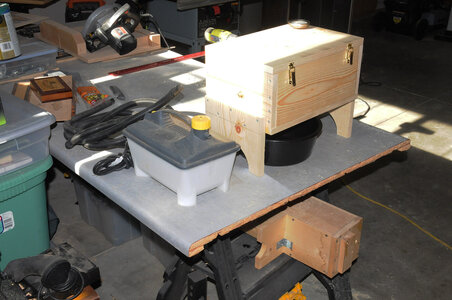- Joined
- Oct 30, 2020
- Messages
- 20
- Points
- 58

I use ammonia in warm water to wet planks first, then I make a jig from straight pins on top of a drawing, use wax paper over drawing and pin wet ammonia planks to drawing and use pins on outline of drawing, wait until dry ......could you use hair straighteners as plank benders ?









